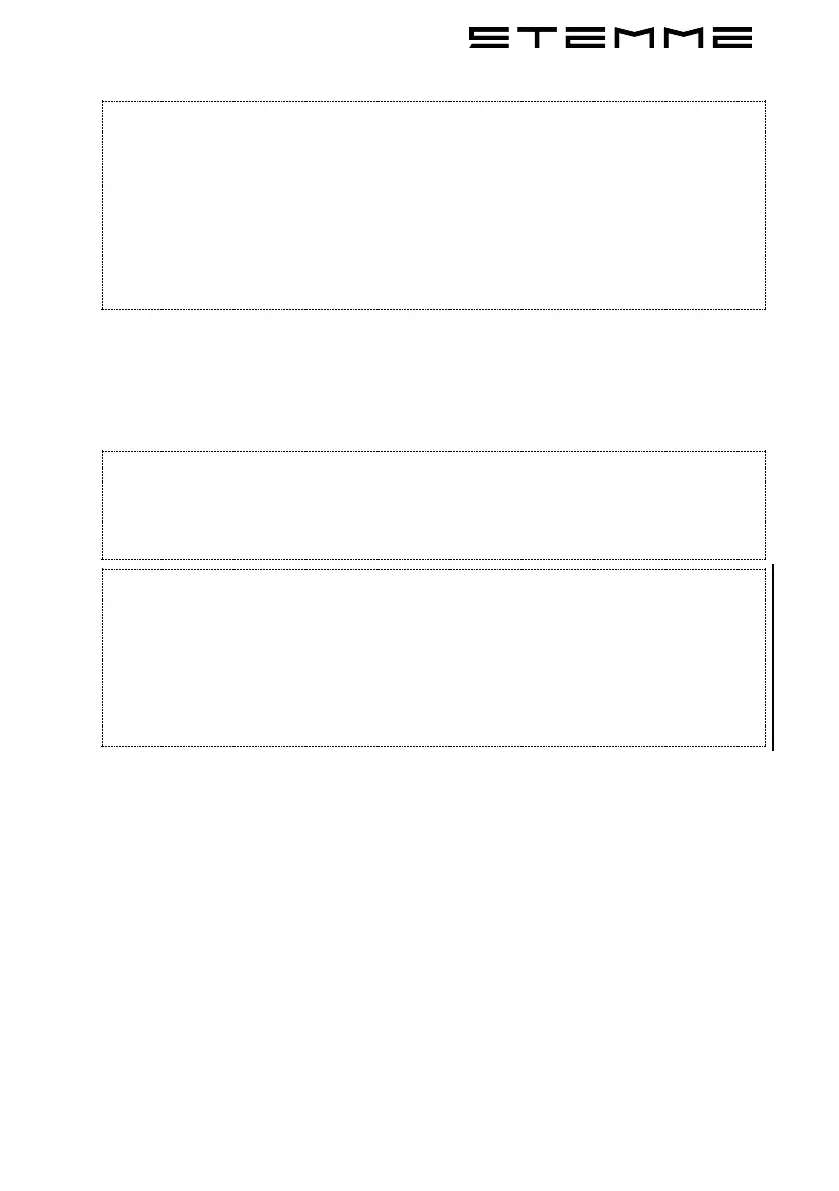FLIGHT MANUAL TSA-M, VARIANT S6
Doc.-No.:P400-006.000 E Page: 4-23 Revision: 10
Date of Issue: 07. October 2008 Agency approved Date of Rev.: 06.07.2020
Note: The low-fuel-caution-light (yellow LED) indicates a
malfunction of the pumps. When the light goes ON
permanently, the amount of fuel in the feeder-compartment is
below the critical amount. The remaining fuel in the feeder-
compartment then is 1.3-1.9 US gal / 5-7 l.
A short blinking of the low-fuel-caution-light during
maneuvers or in gusty air indicates no malfunction. It is
triggered by fuel sloshing in the feeder-compartment.
If the optional left auxiliary tank is installed, and the fuel transfer pump is ON,
the amount of fuel in the right tank may never drop below 2/3 - 3/4 UNTIL the
left tank is completely empty. If this does happen, then there is a malfunction of
the fuel-transfer-pump (from the left tank to the feeder-compartment). Flight
planning must then take into account that only the remaining amount of fuel in
the right tank is available.
Note: After a shut-down of the engine the low-fuel-caution-light
(yellow LED) can go ON. After setting the engine-switch to
ON it should go OFF after a short time - when the circulation-
pump has refilled the feeder-compartment.
Note: The fuel sensor is calibrated to RON 95. All other fuel types
and mixtures of fuel will cause a lower fuel level indication in
the tanks than actual. The real fuel level has to be
determined visually, optional by using a dip stick (see ch.
7.12.4.1), and compared to the indicated fuel level on the
display in the cockpit. The deviation has to be considered for
flight planning.
4.7.3.3 Engine-Shut-Down (Transition to Glider-Configuration)
2. Air-speed REDUCE to approx. 50 – 55 kts /
3. Engine cool-down WAIT until oil-temp. and CHT are
SET propeller-RPM to 2100 RPM
7. Engine-master-switch OFF when propeller has reached
